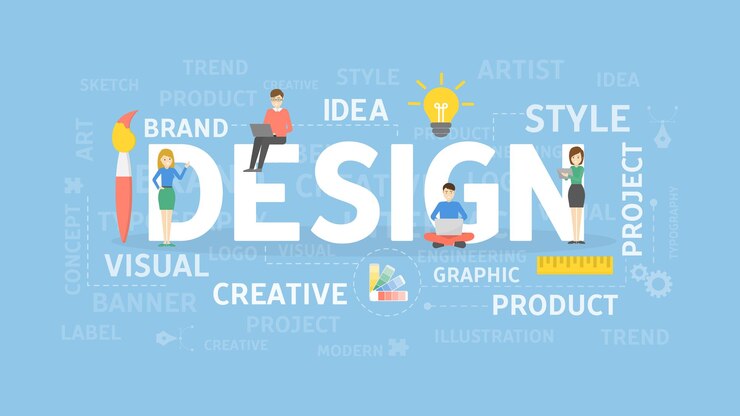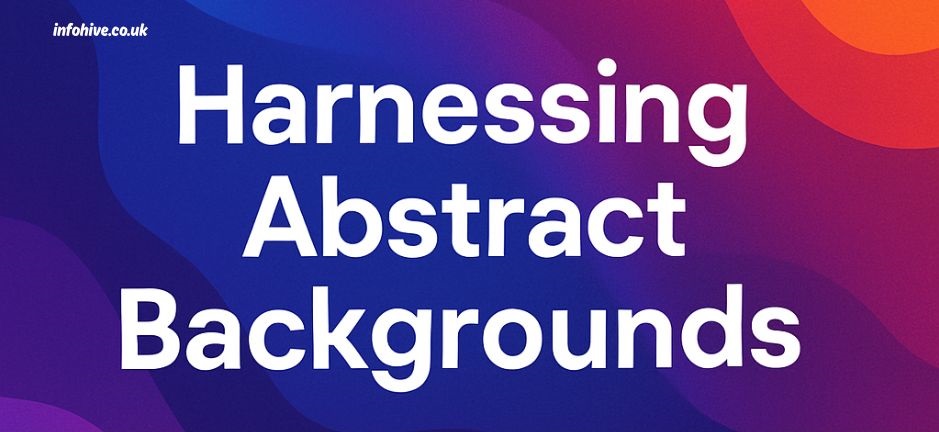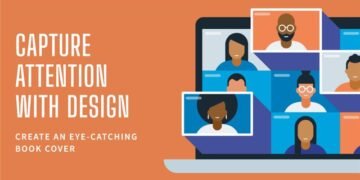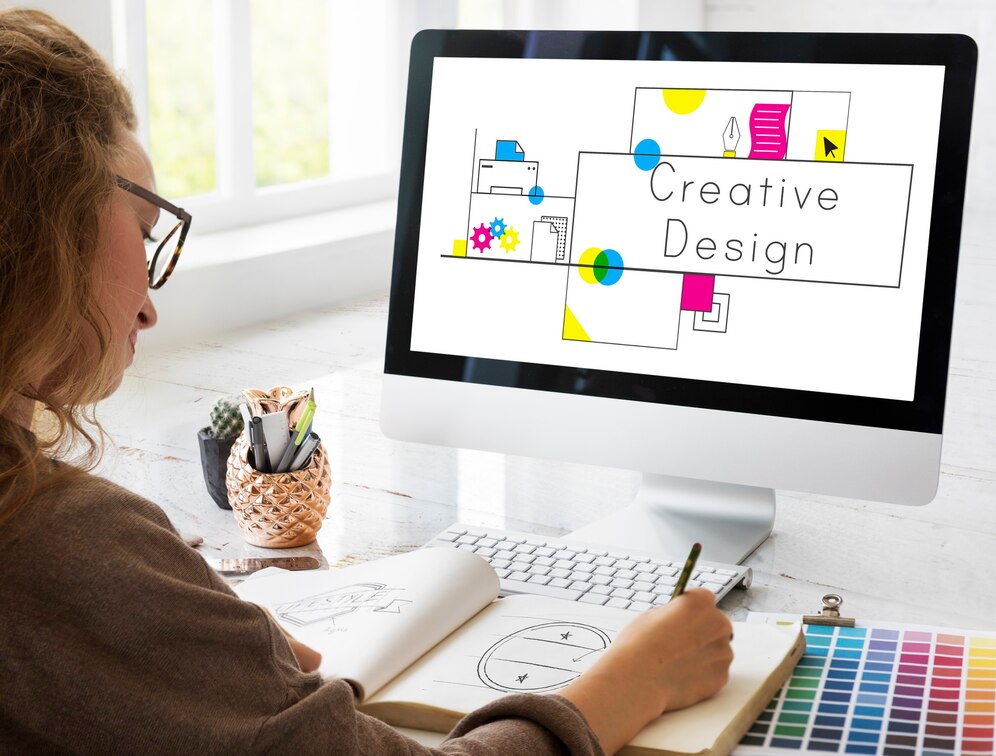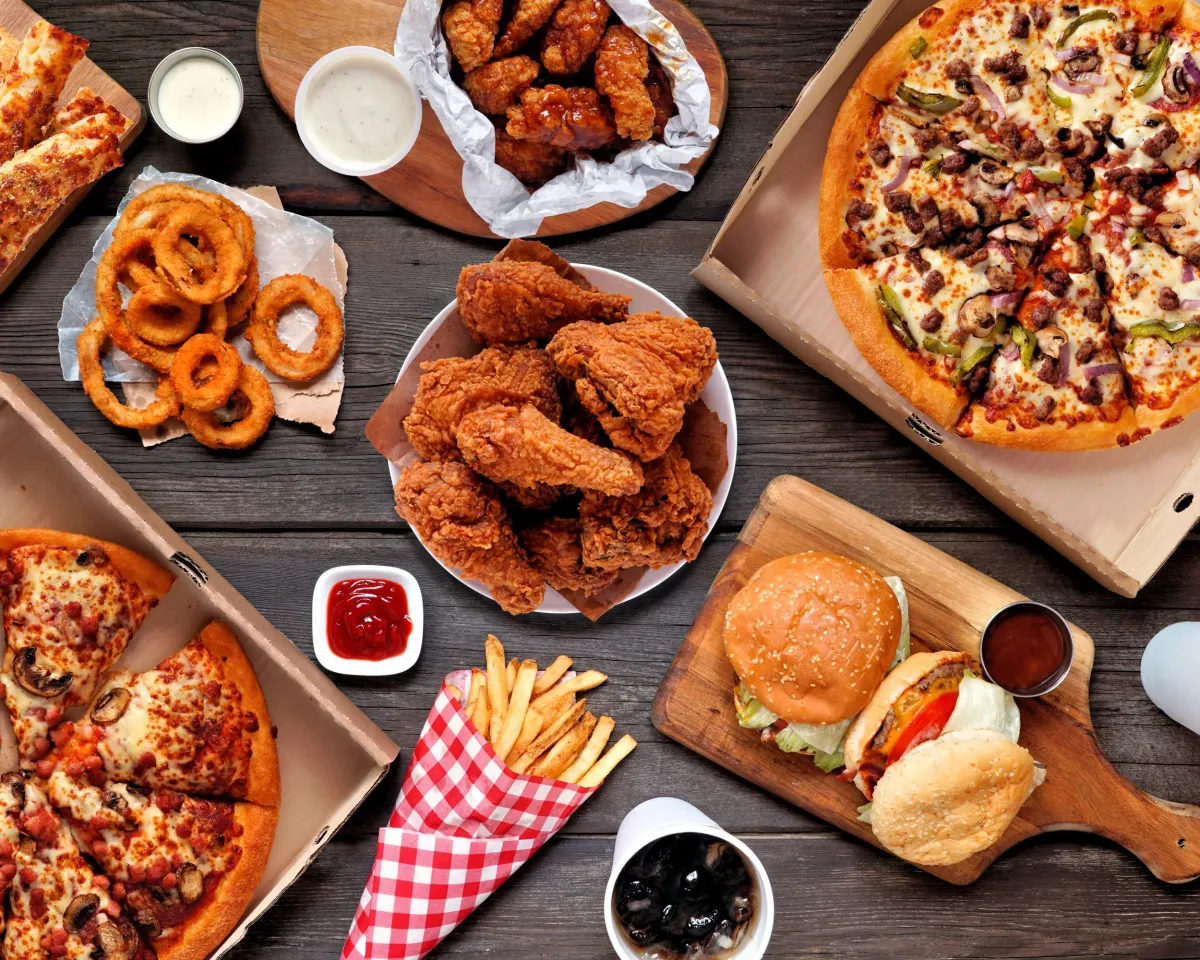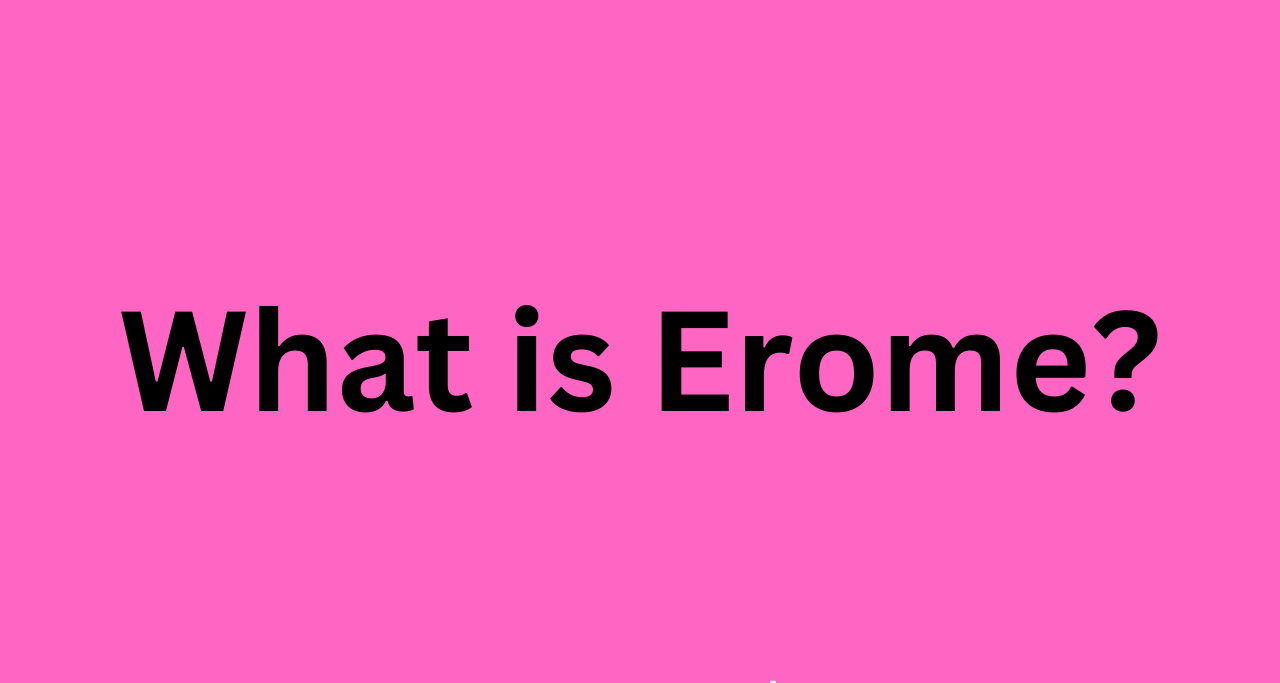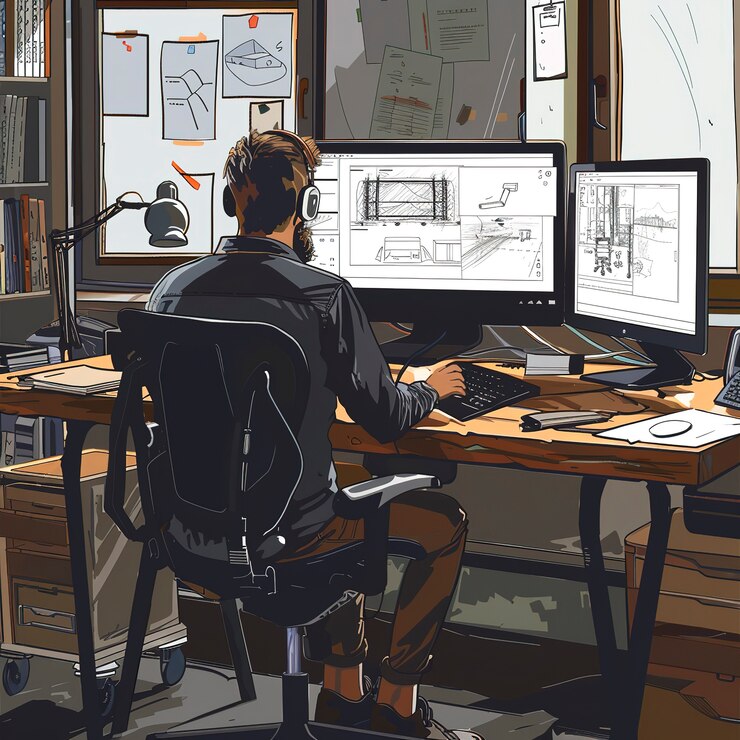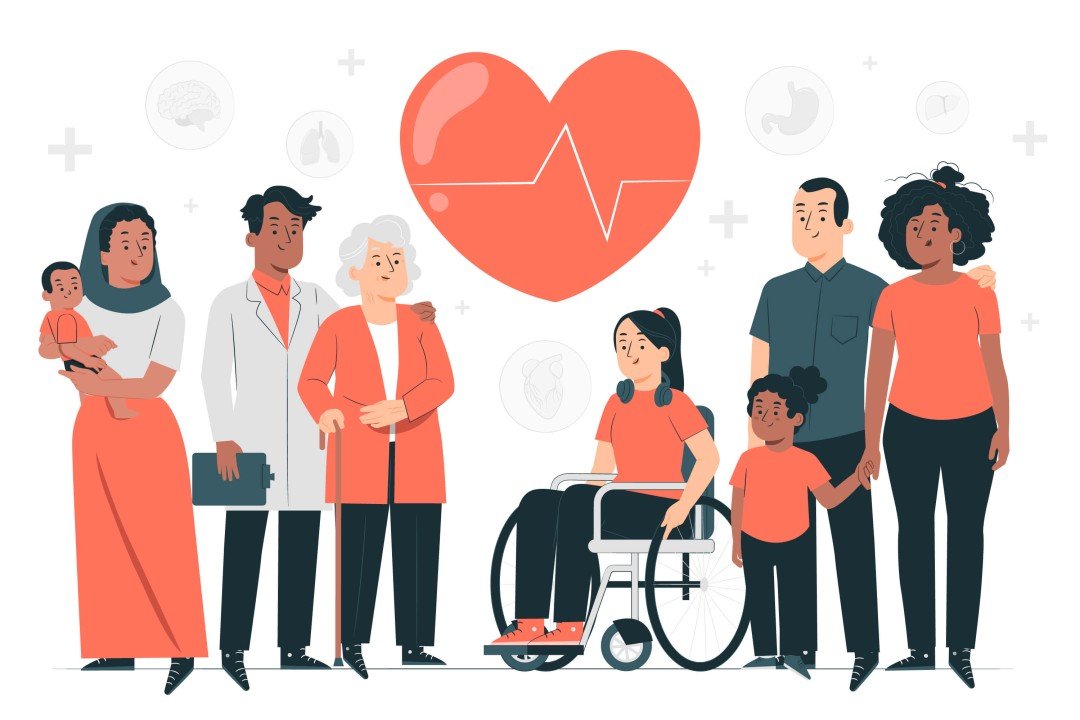Graphic design posters are an exciting blend of art, advertising, and communication; they often grab people’s attention, spread knowledge, and motivate the masses. We see these posters all around us; many companies use them and, in many cases, advertise everything from the next big show to a great social cause or idea. The principles of a successful graphic design poster are critical knowledge that any designer, marketer, or artist needs to have to make a visually compelling poster.
This article will delve into the history, key components, design practices, and modern graphic design poster trends. We will post helpful tips even for those who have designed posters before. Learning the basic principles of creating a poster to grab attention and make an impression is still important.
History of Graphic Design Posters

The history of illustration posters comes from graphic design posters, images printed on paper stock that serve an informational or inspirational purpose. Graphic design experts know a lot about print; these posters are some of the most popular. The introduction of lithography paved the way for artists and designers to produce colorful, attractive posters in large quantities. Posters became a standard means of advertising and communication in cities, used for anything from circus acts to political campaigns.
French artist Henri de Toulouse-Lautrec was an early pioneer of graphic design posters, producing designs for the Moulin Rouge in Paris in 1890. His work redefined the possibilities of poster design, featuring bold colours, dynamic compositions, and stylized figures, inspiring designers for future generations.
In the early 20th century, graphic design posters steadily increased and became more integral to advertising. Companies started hiring designers to design posters for advertising their products and services. The artistic epoch was a powerful force in the younger days of poster design. It incorporated fabulous details and was fond of geometric shapes and sleek ones to make visual appearances on posters.
Swiss Design (or International Typographic Style) became prominent in the mid-20th century. It is a visual design system that presents clean edges and relies on order and standardization through grid systems. This innovation changed how designers thought about designing a clear, simple, and usable poster.
Essential Elements of Graphic Design Posters
Designing a graphic design poster effectively demands an in-depth understanding of design principles and their strategic implementation. Although the creative possibilities are unlimited, most posts that become successful usually have several common trademarks about them.
1. Typography
This week, whip up a poster on your favourite politician using typography. Factors like the typeface, size, font weight, and spacing add to the overall impression of a poster. Fonts for Graphic Design Posters Choose a font that represents the message. Font style is one of the most vivid ways to represent information. For instance, a thicker sans-serif with a modern feel might be suitable for technology-related events, whereas using a script could read better if it was a formal or artistic gathering.
2. Color

Color can trigger mood and emotion, establish visual hierarchy, and lead the viewer’s eye through the poster. Contrast is a technique designers use to make critical elements pop or colour harmony, which gives the artwork balance and unity. When designing graphic design posters, we need to know how the different colors work with each other and what psychology they bring to us.
3. Imagery
Photographs, Illustrations, or Abstract Graphics — Imagery may help tell a poster’s message. The strategy for compelling poster imagery is to ensure that it enhances rather than distracts from the design. Images support the text and general composition, not something that reads against everything you’re saying. It’s not like high-quality pictures have never been used on graphic design posters because that can instantly increase the aesthetics and feelings towards a product.
4. Composition
How visual elements are arranged in a design. In graphic design posters, a structured composition helps direct the viewer to the vital information. Grids and rule of thirds: Designers use grid structures to create symmetry and balance in their posters. And don’t forget about the negative space — it’s also an essential element of composition that helps to allow your design to breathe and prevent clutter.
5. Message
Above all else, the crux of any poster is its message. No matter what event, product, or idea the poster tries to promote, it should come across clearly and concisely. The text is the hero, and everything else in your design needs to get folded into it to use for colour, texture, etc. — Clue train behind the Designs The message, even in Graphic design posters, should be easily readable at first glance as viewers will not spend more than a few seconds reading poster.
Graphic Design Posters Creation Process

When creating a graphic design poster, one must remember that it requires severe planning and execution. Here are a series of steps designers can use to execute their poster ideas digitally.
1. Define the Purpose
First things first, identify the main aim of your poster. What story is to be conveyed through the poster? Does it promote an event, a cause, or a product? Knowing what the poster is for will steer everything from typography to image choices.
2. Know the Audience
First, you need to know where the audience is physically located and who they are. Different segments of your audience will respond to different design elements; understanding your audience demographics and what they are most interested in and expect can help you create a layout that will appeal more quickly to the population. Crayola, fun handwriting fonts or outlines will lose credibility when speaking to professionals. At the same time, an adult audience may be less likely to respond to the poster designed in bright colours with comic sans MS font.
3. Brainstorm Ideas
Spend some time brainstorming ideas before you even start designing. You can draw rough concepts, experiment with layout, and try different styles. The maximum creativity phase allows more design freedom to think outside the box and propose innovative solutions.
4. Choose the Right Tools
A graphic design poster is usually designed using Adobe Illustrator, Photoshop, or Indesign software. With these tools, designers can work with vector graphics and images and create more elaborate layouts. For beginners in graphic design, tools like Canva offer rea, made offers, and design elements.
5. Refine the Design
When you have your basic concept up, refine the layout. This includes minor tweaks to typography, colour adjustments, or some tweaks in the case of composition. At this point, thinking about the weights of visual elements is critical, and the message must be readable and clear.
6. Gather Feedback
Just before you wrap up creating the poster, you may want to get Feedback from others. Instead, you should show this design to a few colleagues or clients (or anyone else who might give Feedback), as it can provide valuable insights and alert areas for improvement. A new set of eyes, or a fresh perspective, can often see problems where the designer does not as well.
7. Finalize and Print
After this, the design is refined, and any changes made necessary are now only finalizing the poster. Ensure the resolution (300 DPI or higher) is good enough when you print it, and adjust the colours for the printing process (colour mode in CMYK). Optimize the file size of a digital poster to cut back without sacrificing quality.
Current Developments in Graphic Design Posters
Poster trends keep evolving as graphic design does. Designers who keep up with contemporary design trends can make designs for posters that feel new or current. It has some current trends in graphic design style and how posters are perceived and created.
1. Minimalism
Although not new, simplicity and clean lines in design are still current, and minimalism remains the dominant trend in minimalist poster design. Minimalist posters use a small colour spectrum, minimal text, and a lot of blank space to establish a clean, new-age look. This style aligns well with the Swiss Design movement regarding clarity and functionality.
2. 3D Elements
As technology has advanced, more and more 3D elements are included in the poster designs, which have become three-dimensional. Creating the posters intentionally with 3D typography, textures, graphics, etc. adds dimension and depth to images, making them more dynamic and engaging. This is a trend more meticulously employed in digital posters and event promotions.
3. Retro Aesthetics
The tweed, retro, and vintage-inspired graphic design poster is back in style. Posters with bold colours, retro fonts, and misty imagery replace the old graphics and invoke the antique feel among new-generation consumers. Movie posters and music festival promotions have infected everything.
4. Abstract Art

Abstract art is another trend that is taking over in poster design. Using abstract shapes, lines, and colours, designers make visually appealing posters where the form takes over from being hyper-literal. This trend gives them more freedom to create and experiment with their art.
5. Sustainability
As the awareness of environmental issues increases, this is slowly becoming more important when creating graphics posters. Designers have also chosen eco-friendly materials like recycled paper and soy-based inks when they print posters. A significant change has been even the nature of many posters, which now advocate for environmental campaigns and raise attention around sustainability issues.
Conclusion
Besides, graphic design posters are still a vigorous communication medium, as well as art and advertising content. Posters have changed a lot over the centuries, but they continuously adapt and allow designers plenty of ways to use their creativity. Designers can create beautiful and practical posters by learning the essential elements of poster design, such as typography, colour and images, composition topology, and message.
For example, designing posters for a product launch, music and entertainment event, or social campaign should be the first consideration of every aspiring poster designer as they evolve their career in graphic design.



